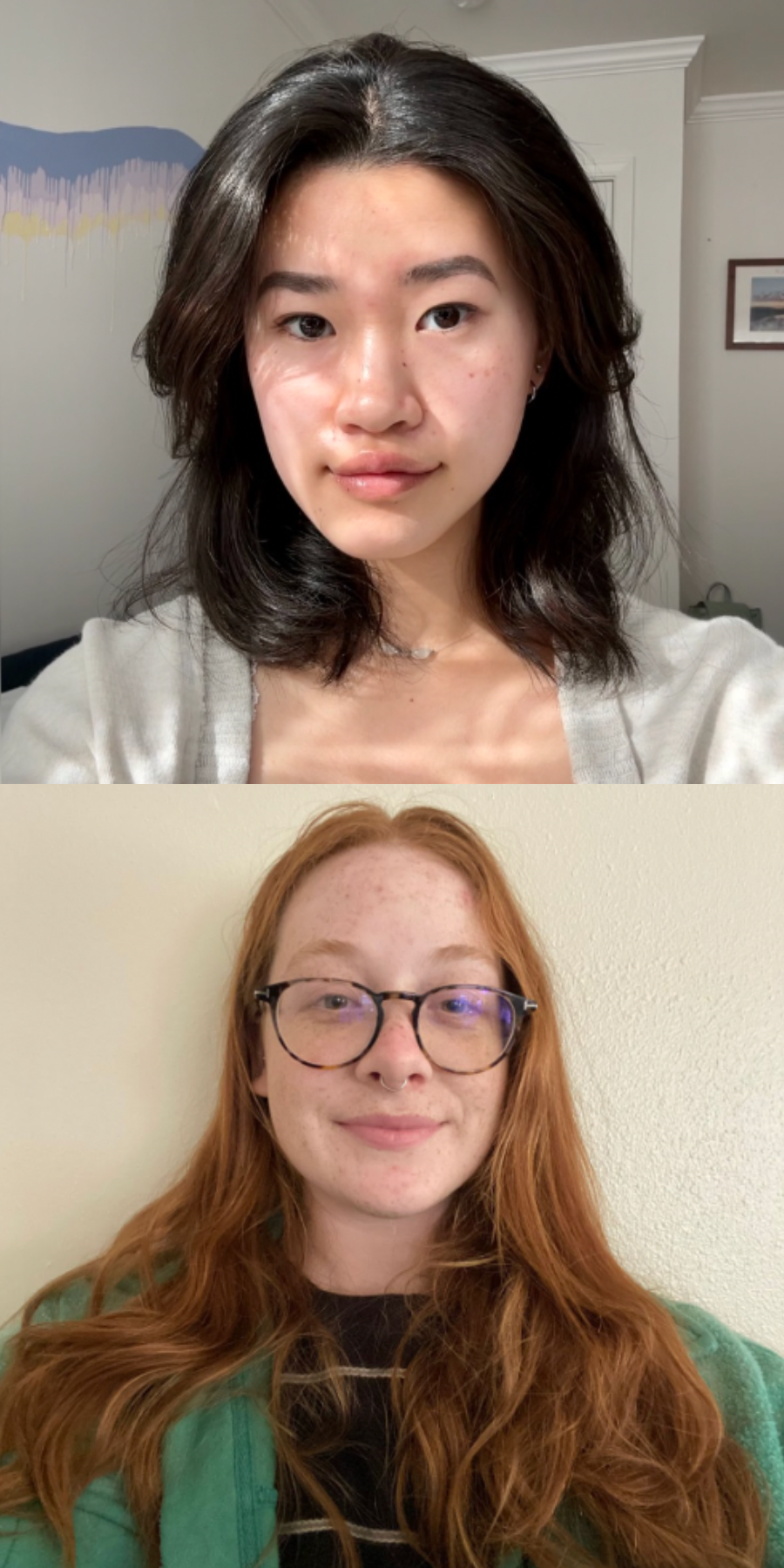
Samantha Lei and Elyse Kenyon Win Clare Boothe Luce Fellowships
Water Climate Justice Lab undergraduate research students Samantha (Sam) Lei '26 (Environmental Science), and Elyse Kenyon '25 (Environmental Science) were awarded Clare Boothe Luce fellowships under the mentorship of Iris Stewart-Frey to contribute to research on groundwater contamination and its effects on disadvantaged communities in the Central Valley. In spite of the explosion of geospatial data in recent years, much about nitrate pollution sources, nitrate concentrations over time, and how they impact rural communities not connected to public water systems in one of the most technically advanced regions in the world remain woefully undersampled and understudied. Sam’s work seeks to enhance our understanding of high nitrate concentrations, nearby sources, and vulnerable populations. She will also collaborate with the lab of Aria Amirbahman (Chair of CESE, SCU) to determine the reliability of affordable nitrate tests that communities can use themselves. Together with Water and Climate Justice research assistant Stephanie Davies (ESS’26) she will be collecting water samples from domestic wells this summer. Sam has been a member of the Water and Climate Justice lab team since her freshman year, she has been a part of an analysis of how the Water Board’s CV-Salts process to combat nitrate contamination serves EJ communities and collected and analyzed results from a water quality survey and the public comments process. Elyse Kenyon’s will focus on understanding the impact of Central Valley concentrated animal feeding animal operations (CAFOs) on nitrate concentrations in groundwater. CAFOs are one of the largest polluters of both groundwater and air as they widely generate, store, and apply large amounts of liquid manure, mostly waste lagoons. As of 2021, a single CAFO was producing around 1.6 million tons of animal manure annually. She will be using geospatial tools (GIS) to model the locations of CAFOs and then measure the relationship between CAFO locations and density to high nitrate concentrations. Water and Climate Justice Lab collaborator Jake Dialesandro is co-mentoring both students.